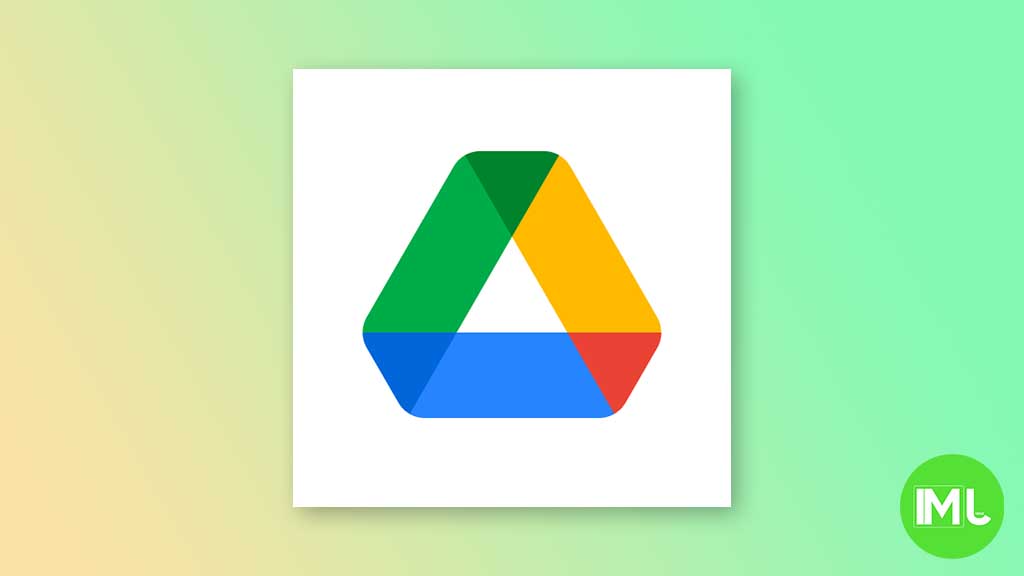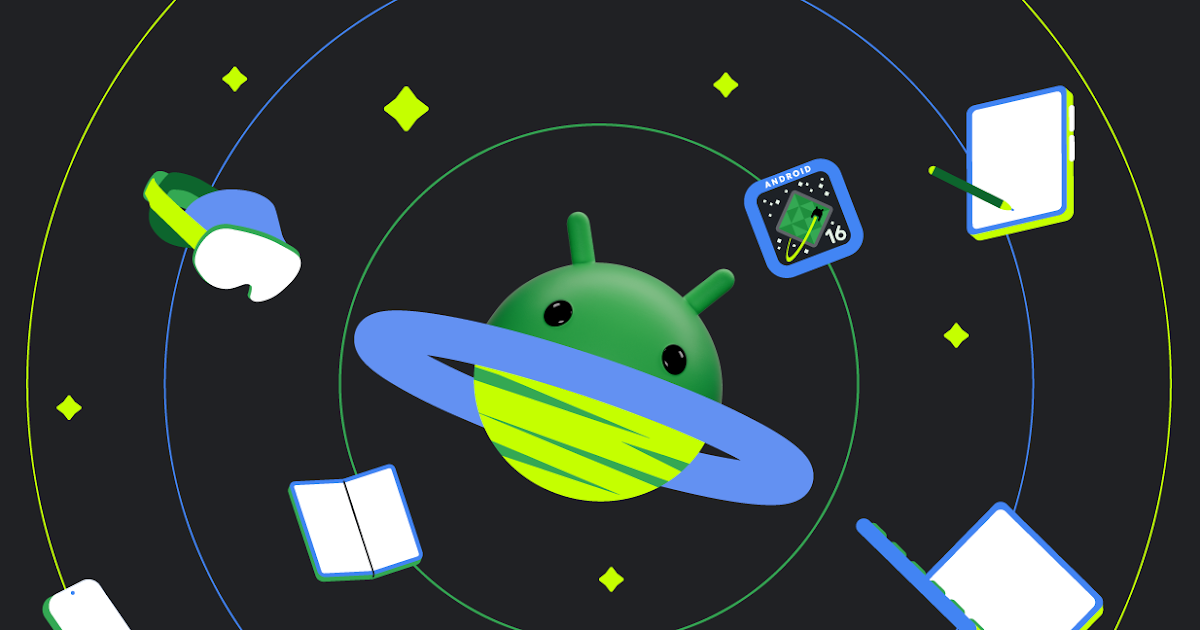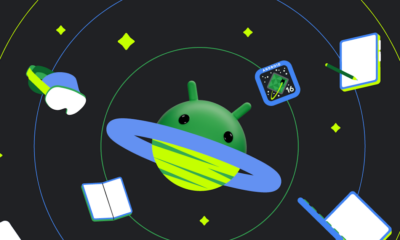Android
Wear OS gains offline Google Maps, Google Drive adds JPEG saving for scanned documents

Top 3 Key Points:
- Offline Maps for Wear OS: Google Maps on Wear OS now supports offline maps, syncing automatically from your phone.
- JPEG Option for Google Drive Scanner: Google Drive’s document scanner on Android can now save scanned documents as JPEGs.
- Google Sheets ‘Convert to Table’ Feature: Google Sheets introduces an automated suggestion to convert data into well-formatted tables.
Google is rolling out new features for its services, enhancing usability across devices. Two significant updates are now available: offline maps for Wear OS through Google Maps, and a new JPEG saving option for Google Drive’s document scanner on Android.
Offline Google Maps for Wear OS
Following the announcement of the Pixel Watch 3, Google Maps on Wear OS is introducing offline support. Once you update the app, it will automatically download offline maps from your phone to your watch. You can find these under a new “Offline maps” section, just above the Settings option.
This feature is designed to automatically sync your local map data, including any offline areas you’ve saved on your phone, directly to your watch. You can easily manage these offline maps, including viewing how much storage they use and deleting them if needed.
Google also mentions that these maps will automatically sync when your watch is connected to Wi-Fi and charging. When offline, a slashed cloud icon will appear next to the time in the map view, indicating that you’re using the offline mode.
In addition, Wear OS now includes a new “Search & go” Tile, offering quick access to your Home and Work locations, along with a microphone for voice commands. You can also jump straight to the map view by tapping “Map,” skipping the main menu.
This update is available with version 11.140.0701.W of Google Maps for Wear OS, as seen on the Pixel Watch 2. Note that this feature is currently rolling out to users who are part of the public Google Maps beta.
JPEG Saving for Google Drive Document Scanner
Another useful update comes to the document scanner feature in Google Drive on Android. Previously, users could only save scanned documents as PDFs, but now there’s an option to save them as JPEGs.
After capturing an image using the camera function in Google Drive, users can edit the image and choose to save it in either PDF or JPEG format. This new option is available on the “Save to Drive” screen, where you can select the file format before saving. The file name field will update accordingly based on your choice.
This update is gradually rolling out to all Google Workspace customers, Workspace Individual Subscribers, and users with personal Google accounts. While Android users are already seeing this feature with version 2.24.x of Google Drive, it’s not yet available on iOS.
Google Sheets ‘Convert to Table’ Feature
Google Sheets has also received a new feature this week that will make data management easier. The “Convert to table” suggestion, identified by a small Gemini sparkle icon, offers an automated way to transform your data into well-formatted tables with rich data types.
This feature is turned on by default, but you can disable it if you prefer. To do this, go to Tools > Suggestion controls and uncheck “Enable table suggestions.” You can also manually convert data into a table by selecting the range of data and choosing Format > Convert to the table.
This update is available to all Google Workspace customers, Workspace Individual Subscribers, and users with personal Google accounts.
These new features are part of Google’s ongoing efforts to enhance productivity and usability across its ecosystem, ensuring that users have more flexibility and control over how they access and manage their data.
Android
Android 16 beta adds battery health info, Pixel Fold gets better at detecting opens and closes

Google has released the Android 16 Beta 1 update for Pixel phones, and it brings some helpful new features. One of the key additions is battery health information, which is now available in the settings. Pixel users can now see the battery’s manufacturing date, charge cycles, and overall health score. This can help people understand how well their battery is holding up over time. While this feature is currently hidden under developer options, it might be fully added in a future update.
At the same time, Google is also working to improve the Pixel Fold. With Android 16 Beta 1, there’s a new system that better detects when the phone is opened or closed. This new method uses the hinge angle to more accurately understand the device’s position. Unlike older systems that could be affected by software bugs or slow response times, this new one seems to be more reliable and faster.
These changes are important for people who use foldable phones like the Pixel Fold, as better hinge detection can lead to smoother app transitions and fewer bugs. And for all Pixel users, having detailed battery info can help with managing phone performance and deciding when it’s time for a battery replacement.
Overall, Android 16 Beta 1 focuses on giving users more control and smoother experiences, especially for those with foldables.
Android
Android 16 could bring colorful always-on display to Pixel phones

Google is working on Android 16, and it looks like the update could bring more color to the always-on display (AOD) feature on Pixel phones. Right now, the AOD mostly shows white text on a black screen. But a new setting found in the Android 16 Developer Preview hints at the ability to add colors to this display.
The new feature is called “AOD Preview,” and it includes a switch labeled “Color AOD.” While this setting doesn’t work yet, it suggests that Google might be planning to show colorful content even when the screen is in low-power mode.
This change could make AOD look more lively, maybe by adding color to the clock, notifications, or wallpaper. So far, it’s not clear exactly what will change or how customizable it will be, but the feature seems to be in early testing.
Samsung already has more colorful AOD options on its Galaxy devices, so this update could help Pixel phones catch up. Google often introduces new features first on Pixel devices before making them available to other Android phones.
Android 16 is still being developed, and many features are not ready yet. But if Color AOD becomes part of the final release, Pixel users could get a more vibrant and useful always-on display in the near future.
Android
Android adds quick shortcuts for do not disturb and video call effects

Google is testing two new shortcuts in Android that make it easier to control common features: Do Not Disturb mode and video call effects. These shortcuts are being added to the Android Quick Settings panel, which is the area you see when you swipe down from the top of your screen.
The first new toggle is for Do Not Disturb. Instead of opening the full settings menu, you’ll now be able to tap the shortcut to quickly switch between different DND modes. You can also long-press it to open full options. This makes it easier to silence notifications the way you want, especially if you have custom DND rules set up.
The second toggle is called “Video Effects”. This is useful for people who often use video calling apps like Zoom, Meet, or WhatsApp. When you tap it, it takes you to a page where you can turn on or off features like portrait blur, lighting adjustments, or filters that improve how you look during video calls.
These features are still being tested and might show up in future Android updates. Right now, some Pixel users with Android 14 QPR3 Beta 2.1 have seen these options. Google hasn’t confirmed when they’ll roll out to everyone, but they seem to be part of a plan to make Android tools more convenient.
In short, Google is trying to make it quicker and easier to manage your notifications and video call settings—all with just a swipe and a tap.
-

 Apps1 year ago
Apps1 year agoGboard Proofread feature will support selected text
-

 News1 year ago
News1 year agoSamsung USA crafting One UI 6.1.1
-

 News1 year ago
News1 year agoBreaking: Samsung Galaxy S22 may get Galaxy AI features
-

 News1 year ago
News1 year agoSamsung Galaxy S23 Ultra with One UI 6.1 and all S24 AI features revealed
-

 News1 year ago
News1 year agoOne UI 6.1 Auracast (Bluetooth LE Audio) feature coming to many Samsung phones
-

 News1 year ago
News1 year agoSatellite SOS feature coming to Google Pixel phones, evidence leaked
-

 Apps11 months ago
Apps11 months agoGoogle’s fancy new Weather app is finally available for more Android phones
-

 News1 year ago
News1 year agoGoogle Pixel evolves as Europe’s third best selling flagship






